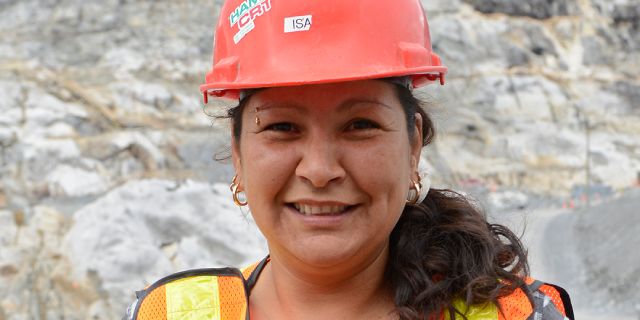
A jobsite with deep roots in the region
Nearly half (45%) of the workers who helped to build the Romaine complex are from the Côte‑Nord region. The Mingan residents and Innu have left their mark here, both on the jobsites and in the work camps.
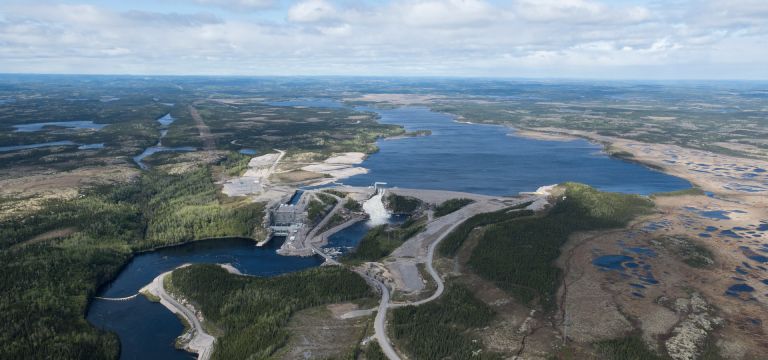
I’m part of Hydro‑Québec’s most recent hydropower project, the Romaine complex. The work of a new generation of hydropower pioneers, I opened my doors to visitors in 2019. I’m in the MRC of Minganie, very close to the charming village of Havre‑Saint‑Pierre. Your tour will begin at Portail Pélagie‑Cormier’s interpretation center, where my guides will invite you to explore Hydro‑Québec’s exhibition on environmental and heritage conservation. I’m sure you’ll find it captivating!
You’ll then take an electric bus to come see me. Once you’ve arrived, you’ll get to:
All this in just a few hours–it’s sure to go by fast!
Have a look at these pictures for a hint of what your guided tour has in store for you!

Nearly half (45%) of the workers who helped to build the Romaine complex are from the Côte‑Nord region. The Mingan residents and Innu have left their mark here, both on the jobsites and in the work camps.

The Innu call the Rivière Romaine Unamen Shipu, which means “river of ocher.” Calm and welcoming at its source and mouth yet turbulent in the middle, the river has inspired many legends and stories.
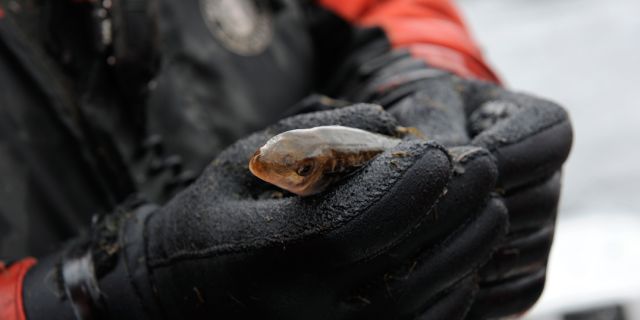
When I was designed, an ecological instream flow was added downstream of where I am to provide passage for Atlantic salmon. In winter, my two generating units are used to prevent flow rate variations that could threaten the species.
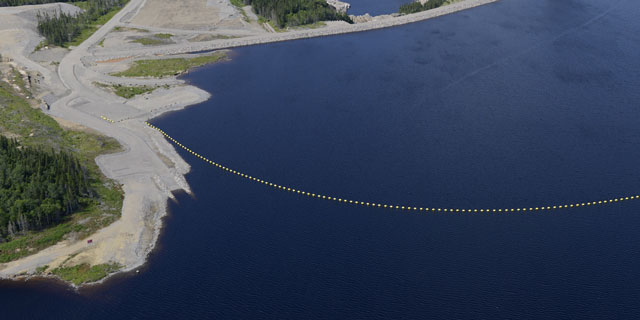
To make boating and fishing easier, Hydro‑Québec cleared land around Romaine 1 reservoir and built boat ramps upstream and downstream of the facility. They are open to all!
I’m the second of four generating stations to be commissioned on the Romaine. I’m located in magnificent surroundings, just north of the municipality of Havre‑Saint‑Pierre. I’m ready to welcome you!
1959–1971: Construction of Manic-5 and Daniel-Johnson dam in the Côte-Nord region
1960: Beginning of the Quiet Revolution in Québec
1963: Second phase of electricity nationalization
1971–1981: Construction and commissioning of phase I of the La Grande complex
The archaeological digs that were conducted at the site of the Romaine complex greatly enriched our knowledge of this territory, which is defined by the river that runs through it and the “people of the river.” Archaeologists identified 78 sites that were occupied by Indigenous groups or trappers from the coast, about 20 of which date back more than 500 years.
In 2010, four sites were excavated in the area of Romaine-1 and Romaine‑2 generating stations, unearthing human occupation areas and artifacts from the prehistoric, historical, modern and contemporary periods (in French only).
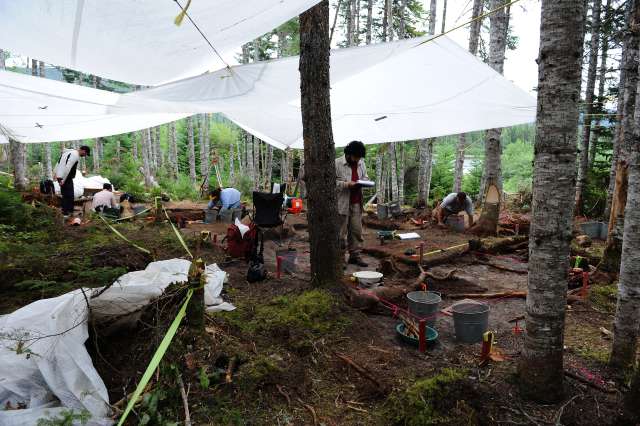
Archeological digs prior to the construction of the Romaine complex.
Don’t take our word for it: this is what the people who visited the generating station with our guides had to say.
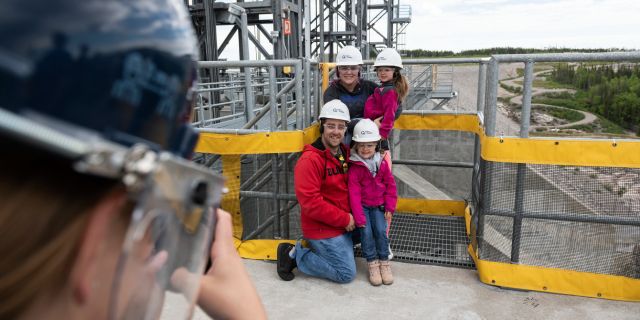
What a lovely welcome: smiling, polite and kind! An amazing testimony to ingenuity, skill and intelligence! Thank you for the adventure!
We really found the visit to be educational and interesting.
The huge scale of the project was impressive.

Visitors aged 18 and over must present official photo ID.
(Accepted ID: health insurance card, driver’s license or passport)
Reservations are required at all times and must be made at least 24 hours in advance.
About 2 hours 30 minutes
Tours start at set times. You must arrive 15 minutes in advance.
New! We’ll take an electric bus to the generating station.
From mid-June to the end of August
Tour times
Sunday to Thursday at 9 a.m. and 1:30 p.m.
Looking for original tours featuring science, history and technical know-how? Hydro-Québec’s got just the ticket!
Check it out!
Portail Pélagie‑Cormier
1010, promenade des Anciens
Havre-Saint-Pierre (Québec) G0G 1P0
Tel. : 1 833 994-3648Tel. : 1 833 994-3648 (between 9:30 a.m. and 4 p.m.)
Get in touch by email.
For additional information
Free admission
Reservations are required at all times and must be made at least 24 hours in advance.
Reserve, to visit Romaine-1 hydropower generating
station

For any other information, call us at
1 833 994-36481 833 994-3648.
Get in touch by
email.